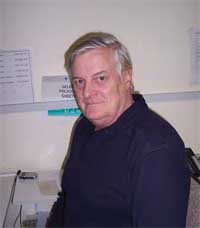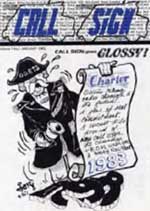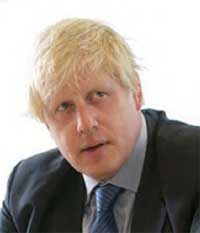|
In the mid-1960s,
ODRTS – as DaC were then known – was the only trade organisation
to have its own publication. Editor Joe Toff was well
known for his writing capabilities and used to put out his
24-page ODRTS News Magazine on the dot every 4-weeks. You
can see a 1967 issue of the magazine on Call Sign’s
website. The early 1970s saw the magazine fade away to be replaced by the occasional newsletter put together by the BoM until one Board member, Phil Emden, was asked to produce something cheap, yet more regular. He came up with a 4-page stapled Xerox newsletter called ODRTS News and Views, but constantly complained it wasn’t enough and that ODRTS subscribers wanted something more substantial, many of whom harped back to the Joe Toff era. A 1977 version is also on the website. In the early 1980s, Phil asked subscribers to think of a more suitable name that would reflect the Society as a radio taxi organisation. As all subscribers had call signs, the name Call Sign came up. But it was still the 4-page Xerox effort. Then in January 1983, everything changed. Call Sign went glossy and doubled in size to 8 pages. The printers, Fulltrack, were also doing Cab Trade |
A NEW ERA FOR CALL SIGN! |
|
  Alan
Tarrant – worked with Call Sign from 1997 until losing his job
in 2009 inset: Jan 1983 and the first glossy Call Sign Alan
Tarrant – worked with Call Sign from 1997 until losing his job
in 2009 inset: Jan 1983 and the first glossy Call Sign
News and the newly
relaunched Mountview News. But Phil wasn’t happy and one
year later, the Board asked John Brown Printers of
Battersea, who were already producing our stationery, if they
could also publish a magazine? |
Toff’s News Magazine. From day
one, Jery dealt exclusively with Colin Gormley at John Brown and Mr Brown himself
became a good friend of ODRTS, going to any functions and even
representing the Society in any golf tournaments. Other than JBP
moving to South Norwood, that situation remained unaltered for
the length of Jery’s 14 years of editorship. The current Editor, Alan Fisher, took over in June 1997 and dealt exclusively with JBP’s Alan Tarrant, as did occasionally Allen Togwell when dealing with DaC’s End of Year Report. Alan Tarrant became a Call Sign necessity with his knowledge of computers and printing. His patience was unending and the magazine hovered between 36 and 40 pages and gained its first traces of colour. Several years ago, John Brown retired, but so long as Alan Tarrant was there, it did not affect Call Sign. Sadly for the Ed, Alan Tarrant’s retirement came ever-closer, but even sadder, several months before it was due to happen and like many other printing companies, JBP hit financial problems and merged with another company. One of the casualties, much to Alan Fisher’s vocal disappointment, was Alan Tarrant. Colin Gormley followed soon after. Over the next few months, the name of the company changed several times and ended up being swallowed by a larger printing firm in Kent. Dial-a-Cab had stood by the remnants of the company they had been with since 1984, but the move to Kent added to the loss of Alan Tarrant was the final straw. Brian Rice then put the account out to tender – a change from the situation we usually find ourselves in! Three companies were in the running until a firm close to Mile End came out on top, offering a magazine no longer limited to eight colour pages. Should their trial period be successful, then they would represent just the third printing firm to work for this Society in over 25 years – surely the sign of a company that approves of loyalty. But the proof of the pudding is in the eating and while the contents will be similar, the appearance should dramatically alter – hopefully for the better. Ian Salter |
|
|
Boris: Perhaps we don’t need so many traffic lights? |
||

Mayor Boris is rethinking London’s traffic lights strategy
Mayor of London, Boris Johnsonn, is having a rethink
about the number of traffic lights across the capital. Areas of
London such as Oxford and Regent Streets have become overloaded
with traffic signals over recent years, leading to further
increases in traffic congestion. |
the question that
Dial-a-Cab drivers have asked for years; just why are there so
many traffic lights along those west end streets? The area bordered by what taxi drivers used to refer to as the golden square – Oxford and Regents Streets, Park Lane, Piccadilly and Charing Cross Road – is to be part of an experiment that will involve removing some of the traffic lights. If successful and traffic begins moving faster, Mayor Johnson hopes that more people will be encouraged to leave their cars at home, knowing that buses and taxis will be able to get around much quicker and that they will be saving on congestion charging, parking charges and on fuel. The Department for Transport has launched a study into the problem of traffic signals and will report to town planners. |
|
|
|
Powered by NetXPosure |
| Copyright 1997-2009 Dial-A-Cab Ltd, All rights reserved. |